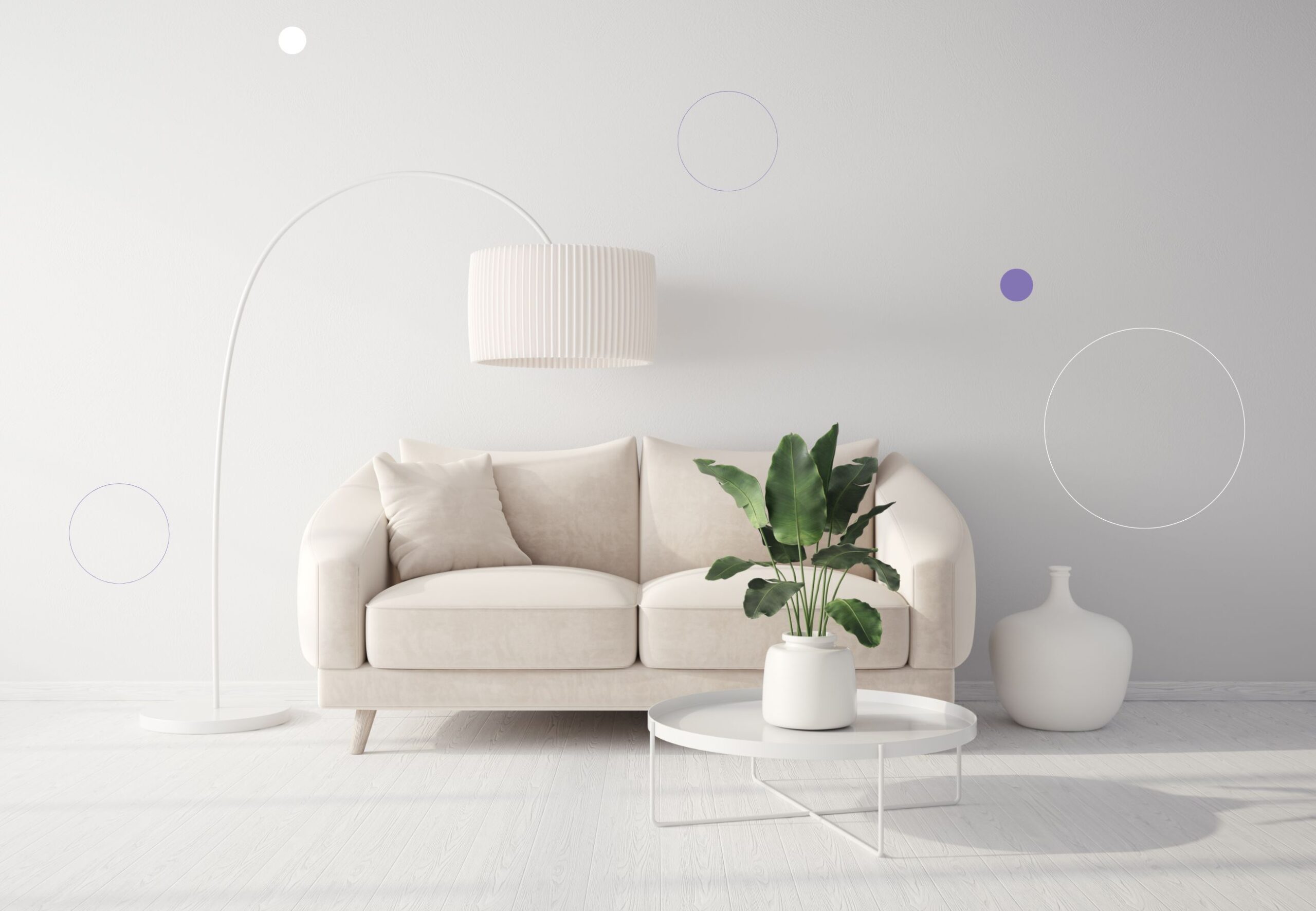“I don’t need a cleaner – I need a tidy-er.” I hear this a lot. Maybe this is how you feel, too.
Decluttering has become a national occupation – and decluttering businesses are springing up to help us tackle our excess of “things”. So what’s the difference between a cleaner and a declutterer?
Decluttering vs cleaning
A declutterer will help you to sort through your belongings, to remove things you no longer need. This could include recycling, selling, donating, or simply ditching. A decluttering service will also work with you to organise your space so it feels calmer. By the end of the decluttering process you will have systems in place to store your stuff, so you can find things you need more easily.
Cleaning is about removing dirt and dust from your home. Think vacuuming, dusting, wiping, mopping. Your home doesn’t need to be perfectly tidy before your cleaner visits – far from it. But uncluttered surfaces are easier and quicker to clean, so your cleaner will be able to work more efficiently if you have had a quick tidy-round before they come.
It’s much harder to keep your home tidy if it is cluttered. Clutter can make us feel overwhelmed and stressed. So making decluttering part of your routine is good for your wellbeing, as well as making your space easier to manage and clean.
How much decluttering do you need?
How do you want your space to feel?
If you are naturally a minimalist, then just 5 extra things in your space can leave you feeling overwhelmed. You will want to keep surfaces clear with just the essentials visible. Think carefully about bringing new things into your home, and stay organised with sleek storage options in neutral colours.
Many of us might love the minimalist look in our favourite interiors magazine. But living with it is another matter. Family, children and pets need to feel at home in the space too. And often it’s the “clutter” – the little mementos from a holiday, or things we’ve been given as gift – that create a sense of belonging.
Decluttering for families
So “family” style decluttering is about good storage solutions and organisation, so it’s easy to keep your space tidy. Get the whole family involved, and make it part of your routine.
It’s a great idea to sort through clothes, toys, games and books before birthdays or Christmas. Encourage the kids to find things they have grown out of or don’t use anymore, so they can be donated or recycled. And you’ll make space for any new things that might arrive as gifts.
Decluttering Challenge
When it comes to dealing with clutter, I feel your pain. I’m somewhere between “minimalist” and “family” in my tolerance for clutter. I work from home, which means work clutter encroaches on my space. And that makes it difficult to switch off and relax.
I’ve recently completed the 30 Day Decluttering Challenge from Simplliving. Over the 30 days I removed 465 items from my home, and it feels great. The process brought sanity and order and a real sense of achievement. You can find out more about the 30 Day Challenge here.
Clutter vs hoarding
For some people, clutter can take over their lives and become hoarding. This is an acute problem which is completely overwhelming. A hoarder might find it impossible to throw things away, or feel a strong need to keep things. Some people who hoard will gather more items, even when they have too many already. It can mean areas in the home become unusable because they are so cluttered and full of things. And it can have a serious impact on mental health.
When hoarding is the problem, decluttering is not the answer. In fact, removing items from the home can cause more distress without proper support.
If you or someone you know is experiencing hoarding, help is available from the organisations below:
Final thoughts
Your home is your sanctuary, and there’s no “right” or “wrong” level of tidiness as long as your space serves you. So go ahead and declutter the things that no longer make you happy, and feel good about the things you keep.

